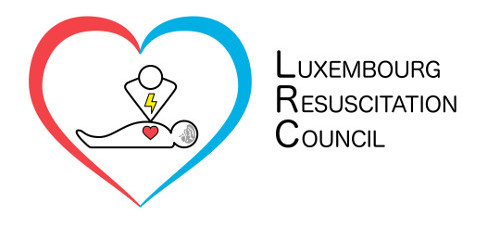PubMed – NCBI
Emerg Med J. 2017 Aug;34(8):526-532. doi: 10.1136/emermed-2016-206284. Epub 2017 Apr 18.
Banfai B1Pek E1, Pandur A1, Csonka H2,Betlehem J1.
Author information
University of Pécs, Faculty of Health Sciences, Institute of Emergency Care and Health Pedagogy, Pécs, Hungary. Department of Emergency Medicine, University of Pécs, Pécs, Hungary.
Abstract
AIM OF THE STUDY:
Bystanders can play an important role in the event of sudden injury or illness. Our aim was to evaluate the effects of a 3-day first aid course for all primary school age groups (7-14 years old).
METHODS:
582 school children were involved in the study. Training consisted of three sessions with transfer of theoretical knowledge and practical skills about first aid. The following most urgent situations were addressed in our study: adult basic life support (BLS), using an automated external defibrillator (AED), handling an unconscious patient, managing bleeding and calling the ambulance. Data collection was made with a questionnaire developed for the study and observation. Students were tested before, immediately after and 4 months after training. Results were considered significant in case of p<0.05.
RESULTS:
Prior to training there was a low level of knowledge and skills on BLS, management of the unconscious patient, use of an AED and management of bleeding. Knowledge and skills improved significantly in all of these categories (p<0.01) and remained significantly higher than the pre-test level at 4 months after training (p<0.01). Younger children overall performed less well than older children, but significantly improved over the pre-test level both immediately and 4 months after training (p<0.01). Prior first aid training was associated with knowledge of the correct ambulance number (p=0.015) and management of bleeding (p=0.041). Prior to training, age was associated with pre-test knowledge and skills of all topics (p<0.01); after training, it was only associated with AED use (p<0.001). There was a significant correlation between the depth of chest compression and children’s age, weight, height and body mass index (p<0.001). Ventilation depended on the same factors (p<0.001).
CONCLUSION:
Children aged 7-14 years are able to perform basic life-saving skills. Knowledge retention after 4 months is good for skills, but thinking in algorithms is difficult for these children.
© Article author(s) (or their employer(s) unless otherwise stated in the text of the article) 2017. All rights reserved. No commercial use is permitted unless otherwise expressly granted.
KEYWORDS:
chain of survival; education; first responders; resuscitation effectiveness.; resuscitation training

